Anand loses lead at Sinquefield Cup 2019
Ding Liren and Ian Nepomniachtchi showed their guts to rise to the occasion and score crucial wins in the ninth round of the Sinquefield Cup, to jointly jump into the lead with 5.5 points. Vishy Anand once again enjoyed a clear advantage against Shakhriyar Mamedyarov, who fought back admirably to draw the game. World champion Magnus Carlsen failed to capitalize on chances offered to him by Aronian and drew yet again. IM Venkatachalam Saravanan reports all action from the venue. Photo: Lennart Ootes / Grand Chess Tour
Ding and Nepomniachtchi take joint lead
Ding Liren's win over joint leader Caruana was the best game of the day, earned with the typical ability of the Chinese ace to play steady positional chess.
Ding - Caruana, round 9
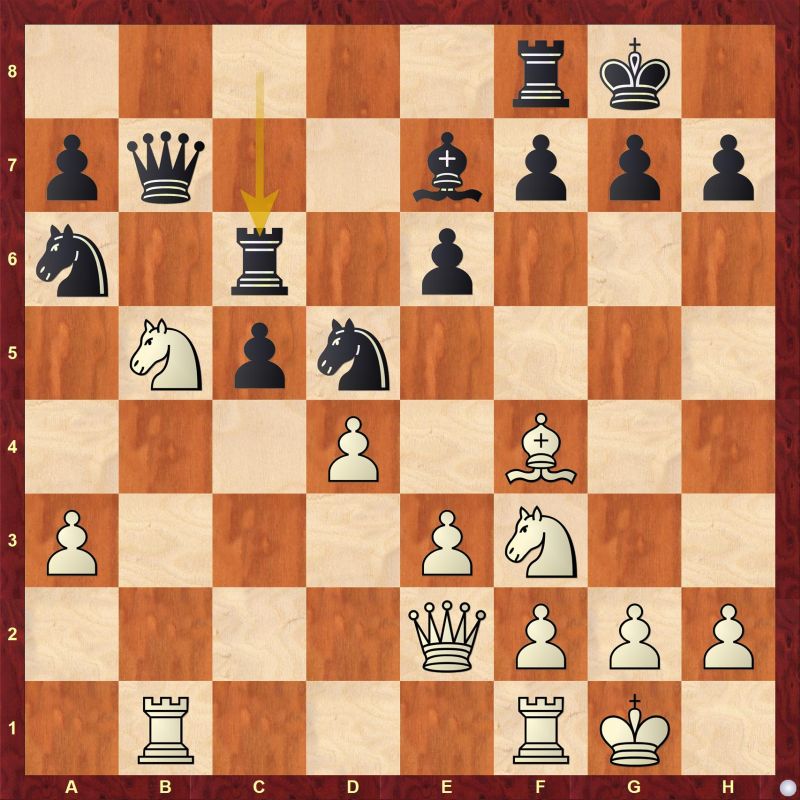
Just a regular position, with no semblance of advantage for white. But a curious point is that, the typical Caruana specialty, his deep opening preparation and ability to spring new schemes haven't worked this time – careful play by Ding to not allow any surprises? Probably it works only in positions with dynamic content?
Ding gained inch by inch in the middlegame, though it appeared harmless.
17.Be5! Very precise, threatening e3-e4 - watch why the bishop has to go to e5 first: 17...Rb6 18.a4 White is threatening d4xc5 and / or a4-a5 18...Nac7
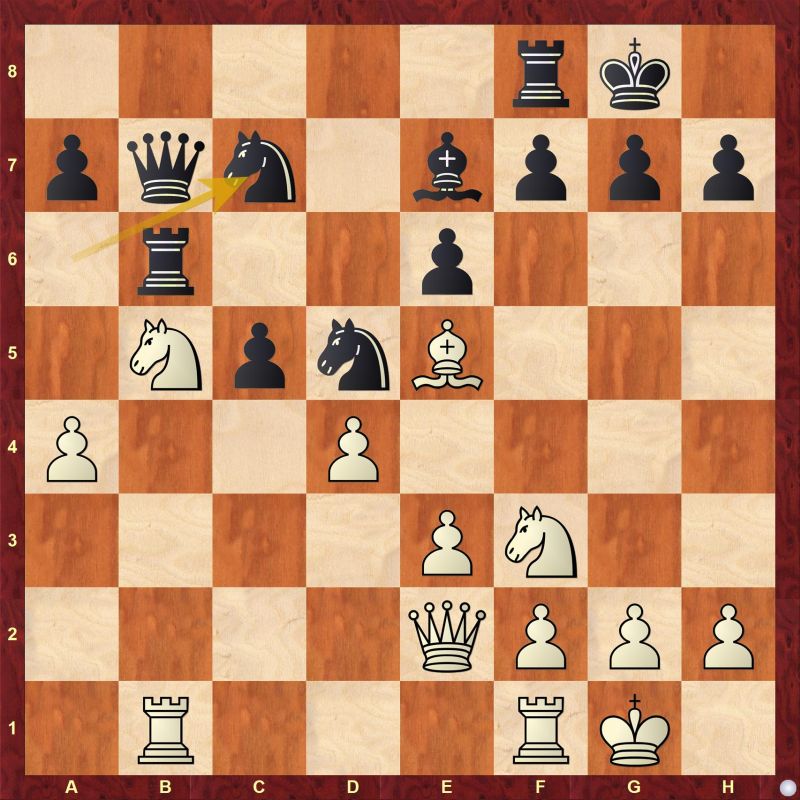
19.dxc5 Bxc5 20.Rbc1! The rook on b1 gets out of the pin, and now there is strong pressure on the c-file. 20...Nxb5 21.Rxc5 and White is slightly better as the dark bishop is ready to play it's role in the centre generally - remember we asked you to watch that bishop! The last four moves have been glorious bit of positional play, gaining that mild initiative typical of positional players.

23.Bxd6!? Why the hullabaloo about the bishop if it is going to be exchanged of?! Because, as we studied in school, when it comes to exchanges, it is not about what is exchanged off, but what is going to remain – remember? 23...Rxd6 24.Rfc1 and White surely has made progress in the transition from the opening to middlegame – the a5-pawn gives him a certain control of the queenside squares, combined with the doubled rooks on the c-file. Black's knight on d5 can be kicked off anytime, which is the prime reason that white may take over the initiative any time.
Though subsequent play wasn't perfect from both sides, White always kept up the pressure.
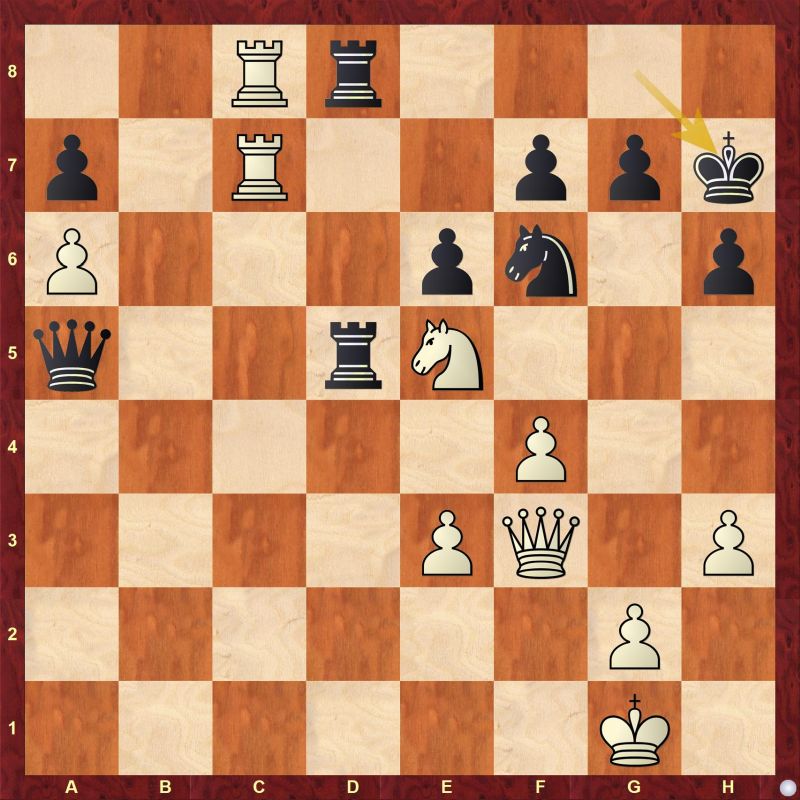
It is not obvious how white could increase his pressure here. 34.Nxf7 is a blunder because of 34...Rd1+ 35.Kh2 Qe1! 36.Rxd8 Qg1+ 37.Kg3 Qe1+ with a draw.
Ding went 34.Kh2! and f7 is indefensible now. The tactical point is that, after 34...Qe1 35.Rxd8 Rxd8 36.Rxf7 Rd1 is met with...
Analysis
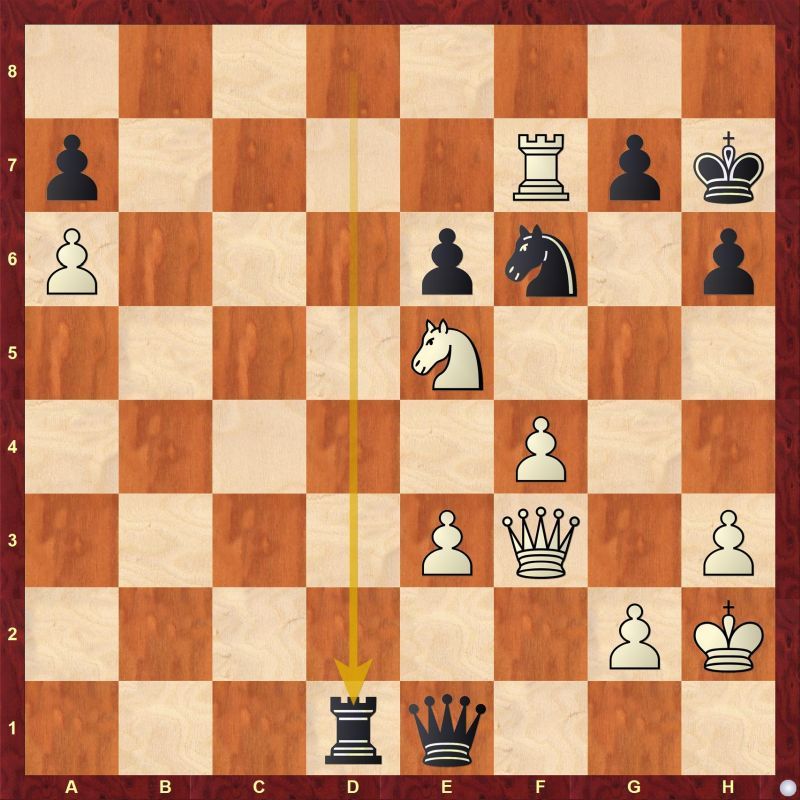
37.Rxf6!! Qg1+ 38.Kg3 Qe1+ 39.Kg4 gxf6 is met with 40.Qb7+ winning.
Though the game wasn't without mutual mistakes, Ding's play was more impressive among both. He won in 57 moves. What was the main reason was his win? 'Of course, I wanted to win!' as Ding stated.

So - Nepomniachtchi, round 9
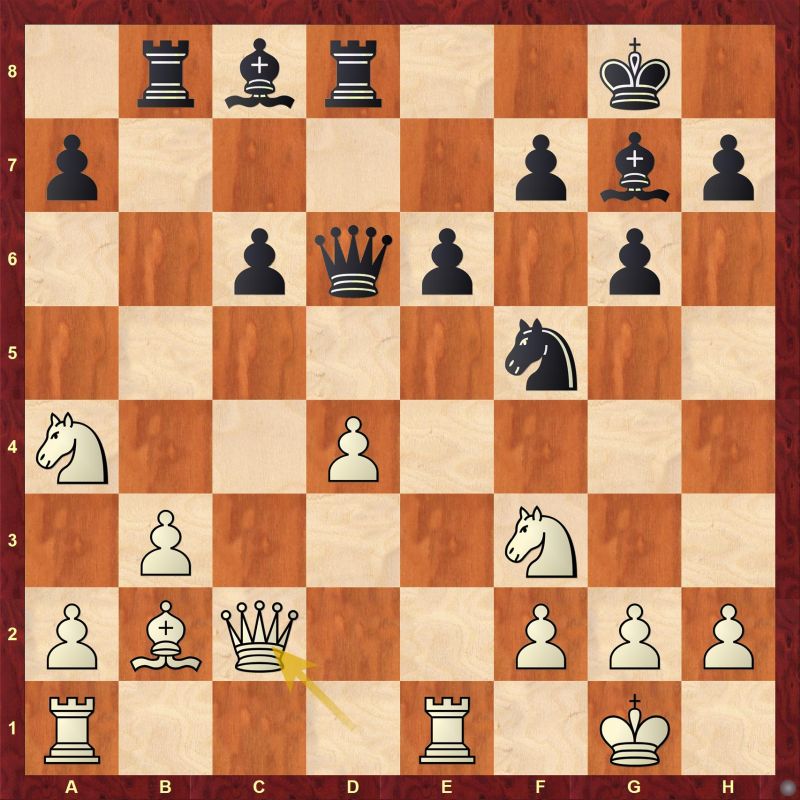
Just as his game against Carlsen in the seventh round, where he was successful - Nepomniachtchi decided to solve his opening problems with the straightforward 17...Nxd4 18.Bxd4 Bxd4 19.Nxd4 Qxd4 20.Rad1 Qf6 21.Rxd8 Qxd8 22.Rd1 Qe8 23.h3! and White has more than compensation for the pawn. Almost all White's pieces are dynamically placed, whereas Black's pieces are confined to the first rank and has a poor pawn structure.

So messed up many chances to gain the upper hand.

Here, White had the straightforward 25.Nc3! aiming to play Nc3-e4 from where he will have access to both the d6 & f6 squares, exploiting the dark squares in Black's position. Or, he could play 25.Qd6! Rb7 26.Nc5 Re7 27.Ne4 with the same result. But he preferred to regain the pawn playing a lengthy sequence: 25.Qa5 Kg7 26.Rd8 Qe7 27.Nb6 Qxd8 28.Qxe5+ Qf6 29.Qxb8 with an equal position.
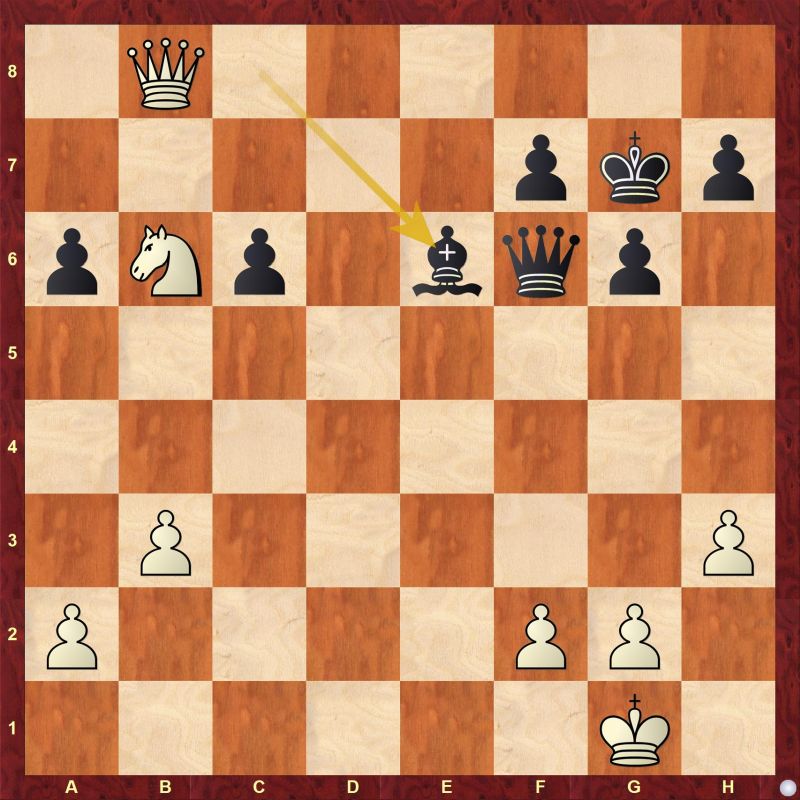
White can simply force 30.Na4 Qa1+ 31.Kh2 Qxa2 32.Qe5+ with a draw. Instead, he gave up a pawn with 30.Qg3 h5 31.Na4 Qa1+ 32.Kh2 Qxa2 33.Nc5 Qe2 where he has to carefully hold the position again.

44.Ne4 Bxe4 45.Qxe4 Kd7 and now he had a straightforward equality with 46.Qd4+ Kc8 47.Qc4! Qb7 48.g3 and Black cannot make progress easily.
A funny incident happened in the resultant endgame.
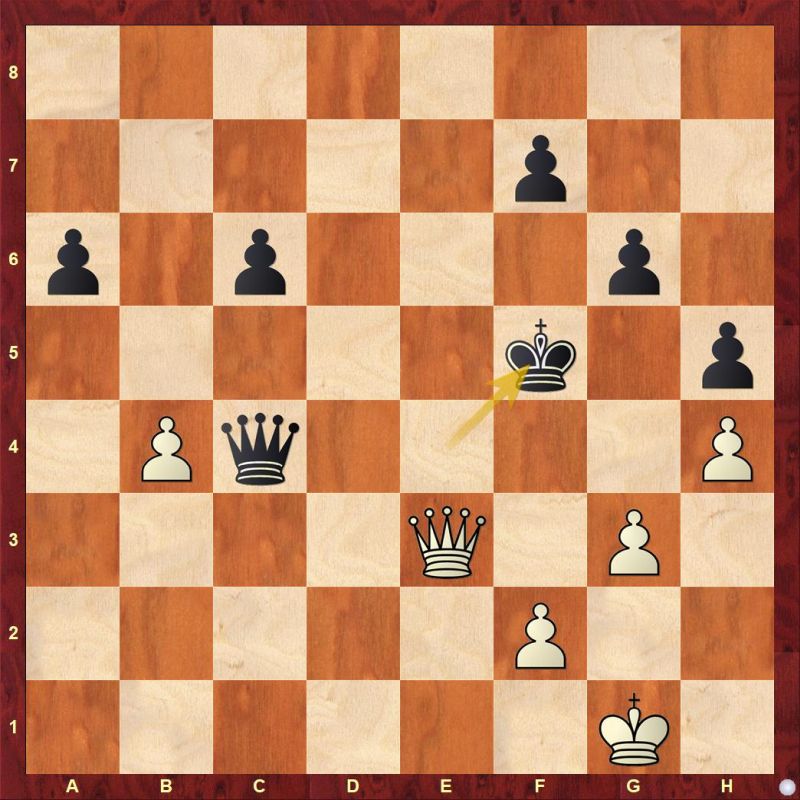
Here, Wesley So stopped the clocks and claimed to the arbiter that, his move 81.♕e7 would make the position to be repeated thrice, as the same position appeared on moves 74 and 76. His claim was true partially, as the same position had indeed appeared, but with an important difference: whereas after the 81st and 74th moves it was black's turn to move, after the 76th move it was white's turn to move, which means that it was a wrong claim!! So, two more minutes were added to his opponent's clock and the game was deemed to continue. You won't see such instances in top level chess easily!

The point was that, the position was equal anyway, as there was no easy way for Black to make progress. So's slip came after another 21 moves.
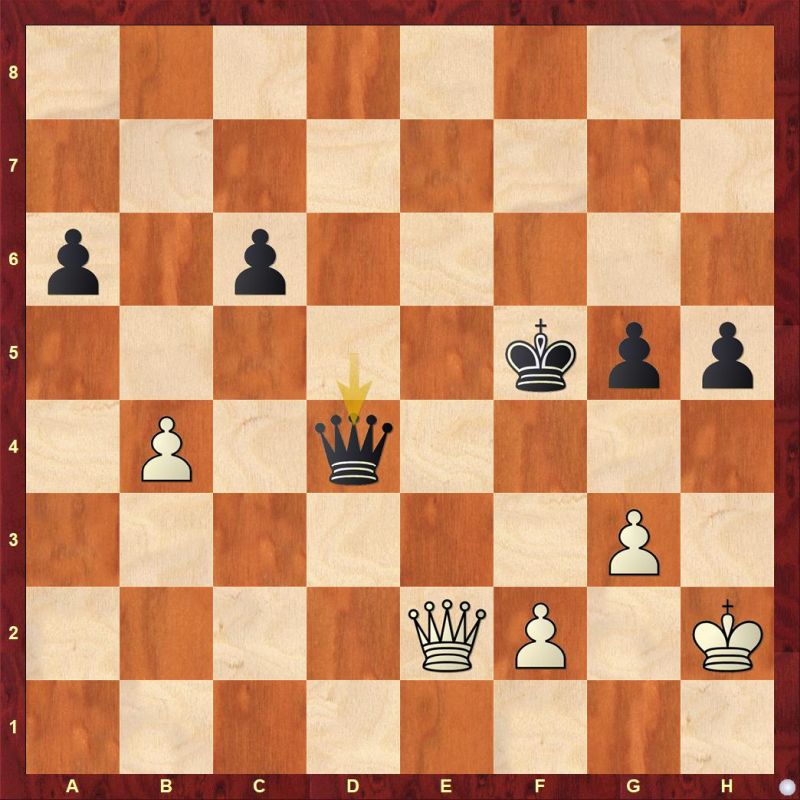
White could have maintained parity with 90.Qf3+ Ke5 91.Qf8 here. However White allowed a concession with 90.Kg1?! Qxb4 91.Qf3+ Ke5 92.Qxh5 after which though it might have still been possible to draw, So had too less time on his clock to play perfectly. He had only 3 minutes here. It almost doesn't matter as to how he managed to lose the game from hereon, with last minutes ticking on his clock...
Carlsen once again tried to cook up a fighting position from a Sicilian defence but messed up the only chance to seize the initiative.
Aronian - Carlsen, round 9

20.e5? A faulty combination where almost any other reasonable move would have been fine for White. 20...dxe5 21.Nb3 Nc5? A counter-mistake. The simple 21...Qxe3 22.fxe3 Nc5 23.Nxa5 Ba6 followed by ...Nc5-d3 would have preserved Black's advantage. After this, the game did not offer anything for either player.
Maxime Vachier-Lagrave played aggressively and originally from the opening stages against Nakamura to build up a sizable advantage.
Anand - Mamedyarov, round 9
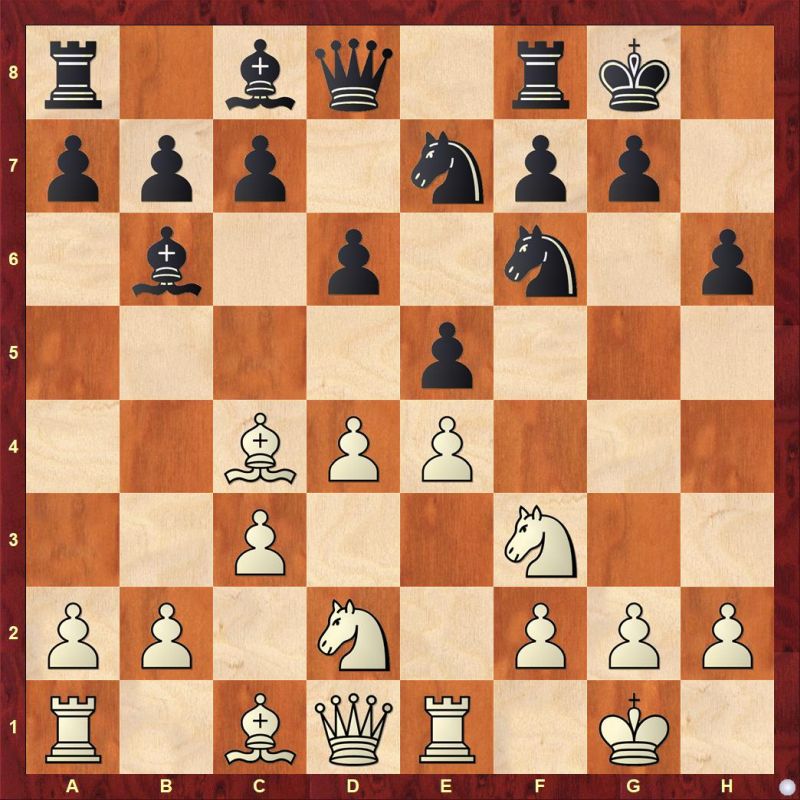
10.a4 A new move 10...c6?! Better was 10...a5 with an interesting position after 11.dxe5 Ng4 12.Rf1 Ng6!? with interesting play. 11.dxe5 Ng4 12.Rf1 Nxe5 13.Nxe5 dxe5

14.Qh5! and White gained a decisive advantage.
Ultimately winning a pawn, the game turned into a test of Anand's nerves, as he had to withstand Mamedyarov's aggressive play for initiative for the cost of the pawn.
At this point, the commentary box with Yasser Seirawan, Jennifer Shahade and Maurice Ashley were discussing Anand's play in this tournament, especially against Wesley So, Anish Giri and Ding Liren, where he missed winning chances. It is obvious that Anand hasn't been playing at his best of strength here, missing so many positions which he might have converted on his better days.

There was one common thread through all this games: missing tactical wins in positions needing accurate calculations, when he held an overwhelming advantage. In the present game against Mamedyarov, he didn't hold such an advantage but he always had an extra pawn.
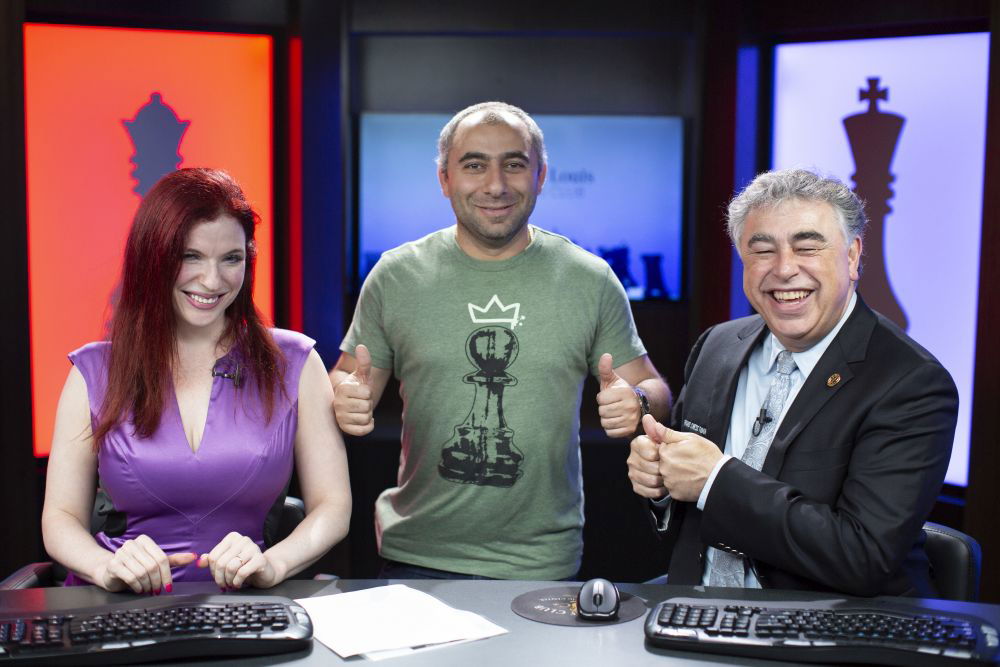
The commentary team at Saint Louis uses chess engines during analysis, which is a double-edged weapon. On one side, the commentators especially do not go wrong in tactical positions. On the other hand, it is impossible to expect human brains - even the best of them - to match the engines in their calculations all through. The very reason why chess remains a difficult game full of mistakes at any level.
When the commentary team were using engines for analysis and comparing them with the actual games, it invariably lead to situations where many decisions made by the participants were found to be sub-standard and pointed out.
When the commentators got passionate, the criticisms invariably got melodramatic too! At one point, Seirawan said, “If Vishy doesn't win this game, I will have to check myself into a mental hospital...”!! That sounded especially harsh!
A case in point is the following position.

Anand erred with 27.Bd3? here, allowing black to start a dangerous counter-attack with 27...e4!?
Here, the computer analysis goes 27.c4 as one of the best moves [apart from 27.b4] Is it even possible for a human player of any level to play such a move, giving a cushy outpost for the black knight on d4!?

37...a5!?
This might be termed as the moment when Mamedyarov started playing ambitiously, playing for a win. Even though the engines adjudged the position to be better for White, it's not the case in practical play. Black is having semblance of an attack in the kingside, his pieces are more active, and most importantly, Anand was down to twelve minutes in his clock at this point. He simply weathered the storm and enforced a draw, rather than play for a win here due to the extra pawn.
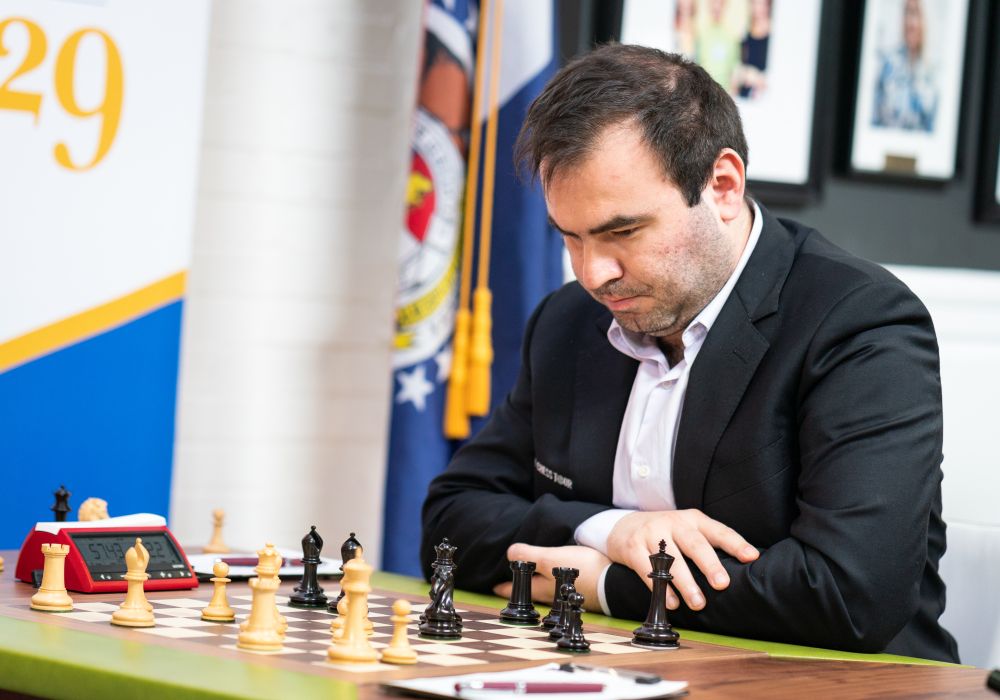
Was Vishy's play so much sub-standard when compared to the engine's perfect play? Or was it too much to criticise him to be playing just as any other human would under such pressure? We leave it to you, dear readers!
















